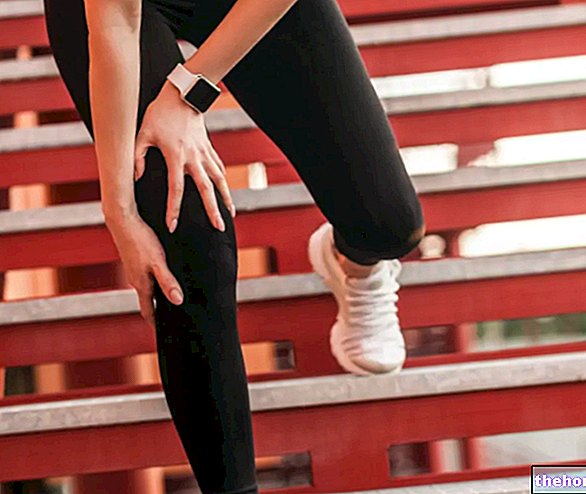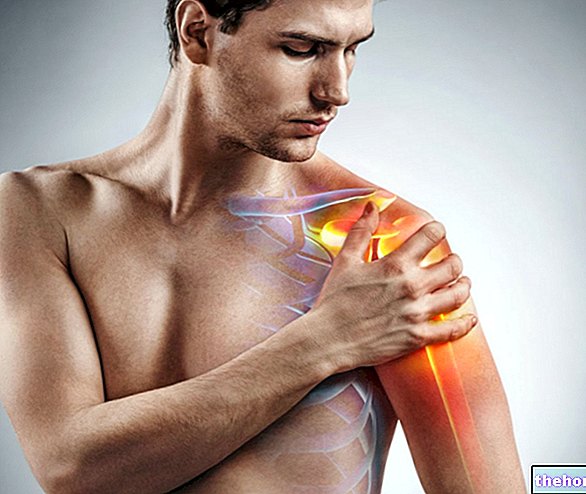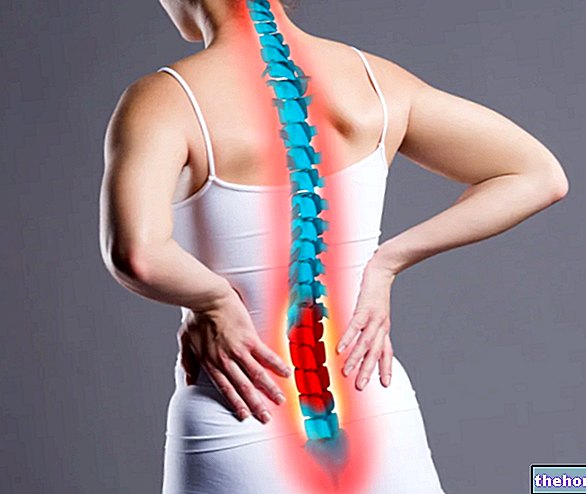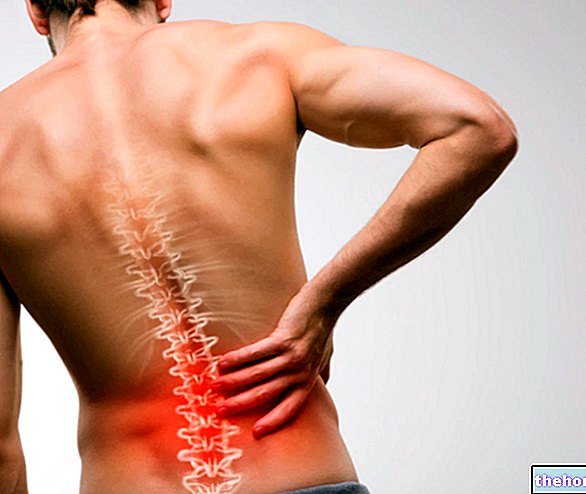Edited by Doctor Alessio Capobianco
Conflict (or impigement) test
They are to be considered positive when their execution triggers painful symptoms and highlights a condition of impigement between the rotator cuff and the coracoacromial arch.
- Neer's sign: the examiner places himself behind the patient and performs a passive elevation of the arm while keeping the shoulder blade lowered with the other hand; it is the classic sign of the conflict between the trachyte and the antero-inferior border of the acromion;
- Hawkins test: shoulder and elbow of the patient flexed to 90 °, the examiner placed in front of him exerts a rapid internal rotation bringing the forearm down and keeping his elbow still; this test produces a conflict between the trachyte (on the critical area of the supraspinatus) and the coracoacromial ligament;
- Gerber test: the examiner, placed in front of the patient, who is in a sitting position, flexes his arm to 90 °, then with the elbow flexed brings him into maximum adduction and finally into maximum internal rotation; this maneuver reduces the distance between humerus and coracoid and, in some cases, it can create the so-called "antero-internal conflict" and be positive if it generates pain.
- International Rotation Resistance Strength Test (IRRST): The examiner places himself behind the patient and keeps the arm at 90 ° of abduction and extrarotated by about 80 °; the patient is asked to perform first an external rotation and then a counter-resistance internal rotation; if the patient shows a low resistance to external rotation,
the test is considered positive for internal impigement.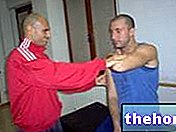
- Yokum test: the patient in a sitting position places the hand of the shoulder examined on the contralateral shoulder, then has to push the elbow up against the resistance offered by the examiner; a conflict occurs between the trachyte and the external part of the coracobrachial ligament and the maneuver generates pain in the presence of a cuff tendinopathy.
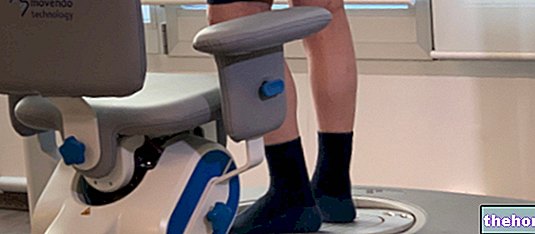

More articles on "Testing for Conflict (or Impingement)"
- Test for the long head of the biceps - Test for the glenoid labrum
- Functional evaluation in shoulder pathologies
- Rotator cuff test
- Test for instability


